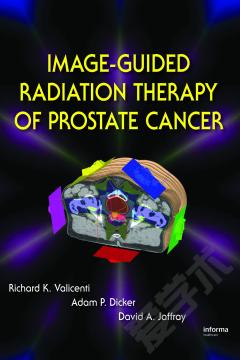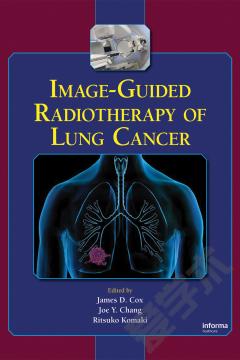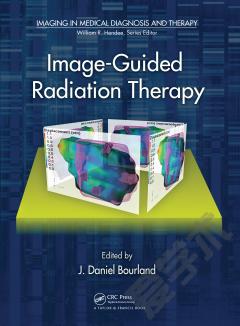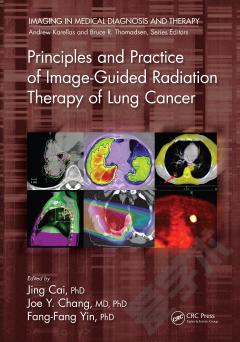Image-Guided Radiation Therapy of Prostate Cancer
Medical imaging technology and particularly applications to radiotherapy have increased in huge proportion over the last decade. Among sites where this has been most evident is the prostate. Tumor and organ delineation, planning techniques, and tumor targeting and motion during therapy are all topics of considerable interest, discussion, and research. What have evolved are multiple techniques for a process now referred to as image-guided radiotherapy (IGRT). As is so often the case in medicine, there is more than one way to go about reaching the same goal, and the editors systematically discuss the important strategies. Although, at first, a technically oriented textbook may not hold great interest for some, the editors have had the foresight to incorporate relevant associated issues instead of solely technical discussions. They tell us early on that their purpose is to ââaddress the practical issues of implementing IGRT into routine clinical practice.ââ This is a promise that they admirably keep while incorporating the associated substantiating research-based evidence. The book begins with sound reasons for IGRT and includes the pertinent dose-escalation studies. In a subsequent chapter, associated toxicity is added along with a very nice summary of tumor control vs. normal tissue complication probability modeling. I applaud the editors for including chapters on pretreatment imaging and evaluation and on the relevant anatomy, which is crucial for treatment planning. Thus, they broaden the focus from one that concentrates only on treatment targeting and delivery. This text does a wonderful job of describing prostate and adjacent organ motion and targeting. This provides the background for the presentation of multiple options to overcome this problem. Fiducial markers, B-mode acquisition and targeting (BAT) ultrasound, cone-beam CT, and tomotherapy are all offered as solutions. Adaptive radiotherapy is dis-
{{comment.content}}








 京公网安备 11010802027623号
京公网安备 11010802027623号